DAO Governance Model Explorer
Explore how different DAO governance models work and which might suit your community best.
Select a Model
Model Details
Select a model to see details
Comparison Table
| Model | Power Calculation | Main Advantage | Key Drawback | Use Cases |
|---|---|---|---|---|
| Token-Based | One token = one vote (linear) | Simple, transparent | Plutocracy risk - large holders dominate | MakerDAO, Uniswap |
| Reputation-Based | Score from on-chain activity | Rewards contribution, reduces wealth bias | Complex to calculate, may exclude newcomers | Gitcoin Grants, DAO-incubators |
| Liquid Democracy | Delegate votes to trusted reps | Combines direct & representative democracy | Delegation concentration, trust management | Aragon, DeSci collectives |
| Quadratic Voting | Cost = vote² (e.g., 4 votes cost 16 tokens) | Amplifies smaller voices, curbs whale influence | Higher mental load, may be gamed | Gitcoin Grants rounds, experimental DAOs |
| Hybrid | Mix of two or more mechanisms | Balances flexibility and fairness | Design complexity, harder to explain | Compound, Polkadot |
Quick Tip
Choose a governance model that balances decentralization, security, and usability for your community. Layer-2 solutions can help reduce participation costs.
When DAO governance token is the digital key that lets community members vote on a protocol’s future, the whole organization turns into a living, breathing decision engine, the rules behind that key become crucial. From the early days of MakerDAO to the latest Uniswap v4 framework, the way tokens grant voting power shapes everything-from fee distribution to protocol upgrades. If you’ve ever wondered why some DAOs feel like a handful of whales dominate while others manage to spread influence more evenly, the answer lies in the token model they chose.
TL;DR
- DAO governance tokens give voting rights; models vary from simple “one token‑one vote” to complex hybrid systems.
- Five main models dominate: token‑based, reputation‑based, liquid democracy, quadratic voting, and hybrid.
- Core technical features include ERC‑20Votes, delegation, gas‑less approvals (EIP‑2612) and burn options.
- Layer‑2 solutions (Polygon, Arbitrum) cut gas fees, making participation cheaper.
- Choose a model that balances decentralization, security and usability for your community.
What is a DAO Governance Token?
The DAO governance token is the on‑chain asset that represents a holder’s share of decision‑making power. Holding the token usually means three things: the right to propose changes, the right to vote on proposals, and the ability to delegate that voting power to another address.
Because the token lives on a public blockchain, every vote is recorded immutably. Platforms like Tally, Snapshot or Aragon read those records and turn them into actionable outcomes-sometimes even executing the change automatically when a quorum is reached.
Core Technical Characteristics
Modern governance tokens are built on the ERC‑20 standard but add several extensions to make voting practical:
- ERC20Votes: Stores voting checkpoints so the contract can calculate historic voting power at any block height.
- EIP‑2612 (Permit): Enables gas‑less approvals via off‑chain signatures, lowering the cost barrier for voting.
- Burn function: Allows holders to destroy tokens, affecting supply and sometimes influencing voting weight.
- No minting or pausing functions-once deployed, the token’s rules can’t be changed by the creator, protecting against “admin backdoors.”
These features together create a token that is ready for on‑chain governance out of the box, while still being compatible with off‑chain tools that batch votes to save gas.
Five Dominant Governance Models
Different DAOs pick the model that matches their community goals. Below is a side‑by‑side view of the most common approaches.
| Model | How Power Is Calculated | Main Advantage | Key Drawback | Typical Use Cases |
|---|---|---|---|---|
| Token‑Based | One token = one vote (linear) | Simple, transparent | Plutocracy risk - large holders dominate | MakerDAO, Uniswap |
| Reputation‑Based | Score from on‑chain activity (e.g., proposals, voting history) | Rewards contribution, reduces wealth bias | Complex to calculate, may exclude newcomers | Gitcoin Grants, some DAO‑incubators |
| Liquid Democracy | Token holders can delegate votes to trusted representatives | Combines direct & representative democracy | Delegation concentration, requires trust management | Aragon, some DeSci collectives |
| Quadratic Voting | Cost = vote² (e.g., 4 votes cost 16 tokens) | Amplifies smaller voices, curbs whale influence | Higher mental load, may be gamed with token pools | Gitcoin Grants rounds, experimental DAOs |
| Hybrid | Mix of two or more mechanisms (e.g., token‑based + delegation) | Balances flexibility and fairness | Design complexity, harder to explain | Compound (token + delegation), Polkadot (soft‑governance + referendum) |
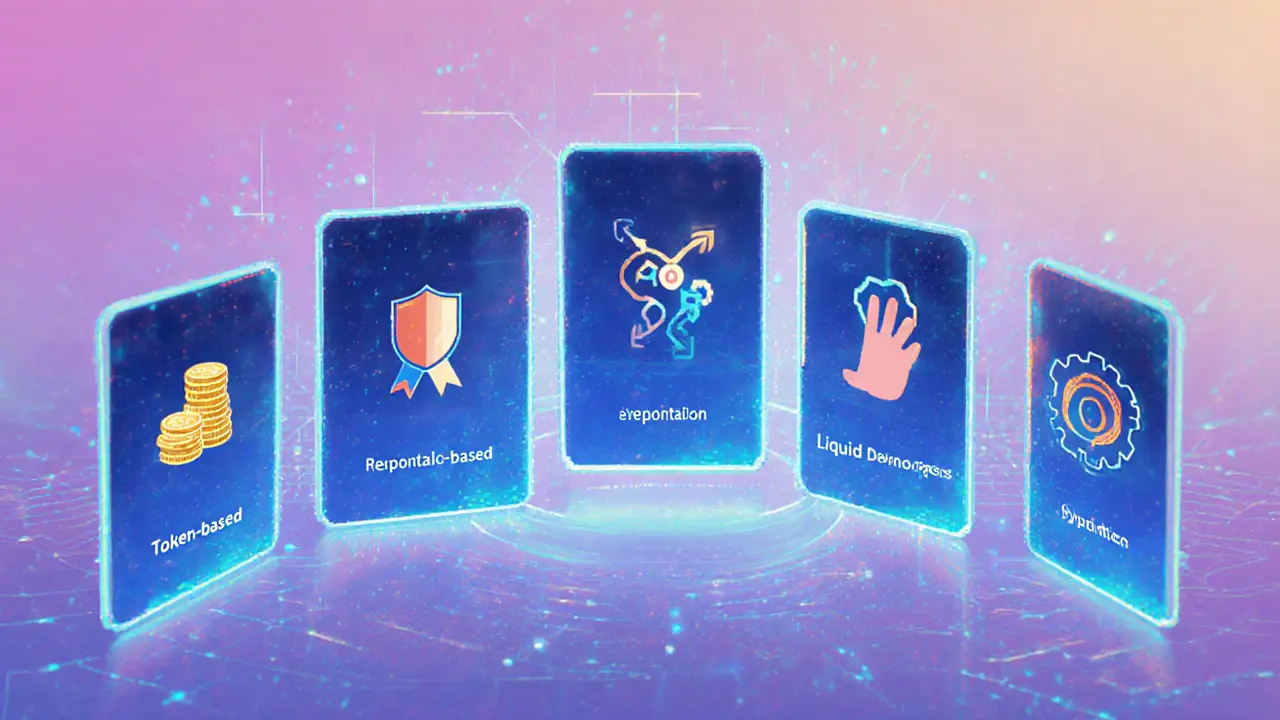
Pros and Cons in Practice
Let’s walk through real‑world impressions:
- Token‑Based: Users love its clarity-just check your wallet balance. However, concentration metrics from 2024 show that the top 1% of holders control over 60% of voting power in many protocols.
- Reputation‑Based: Communities such as Reddit’s r/CryptoCurrency experiment with post‑karma‑derived tokens, encouraging quality contributions. The downside is a “rich‑get‑richer” loop if early contributors keep earning points.
- Liquid Democracy: Delegation pools on Aragon often see 30‑40% of votes passed through a handful of delegates, improving efficiency but re‑introducing a form of centralization.
- Quadratic Voting: Gitcoin’s 2023 grant rounds demonstrated broader funding distribution, yet participants complained about the math and needed tools to calculate costs.
- Hybrid: Compound’s model lets users delegate while still keeping a token‑weight core. The trade‑off is a steeper learning curve-newcomers must understand both voting and delegation mechanics.
How to Get Involved: A Step‑by‑Step Guide
- Set up a compatible wallet (MetaMask, Coinbase Wallet, or a hardware wallet).
- Acquire the DAO’s governance token-either by buying on an exchange, receiving as a reward, or earning via liquidity provision.
- Connect the wallet to the DAO’s voting interface (Tally for on‑chain, Snapshot for off‑chain).
- Review active proposals. Use community channels (Discord, forum threads) to gauge sentiment.
- Vote directly, or delegate your voting power to a trusted address if the DAO supports liquid democracy.
- Monitor the execution outcome. On‑chain proposals automatically trigger changes once thresholds are met.
Most established DAOs recommend spending 5‑10hours per week on governance during active voting cycles. New users typically need 2‑4 weeks to get comfortable with the proposal language and the voting process.
Emerging Trends and the Future Landscape
Three major forces are reshaping how governance tokens work in 2025:
- Layer‑2 Adoption: Polygon, Arbitrum and Optimism now host governance modules that cut gas fees by up to 90%, making frequent voting feasible for small holders.
- AI‑Assisted Proposal Analysis: Tools that parse proposal text, score risk, and suggest voting strategies are rolling out on platforms like Tally AI.
- Regulatory Clarity: Switzerland’s “DAO Act” and Singapore’s “Digital Token Framework” provide legal recognition, encouraging institutional participation.
Hybrid models are gaining traction as DAO architects look to combine the simplicity of token‑based voting with the fairness of quadratic or reputation mechanisms. Expect to see more “soft‑governance” layers where on‑chain votes trigger off‑chain actions that still respect the community’s intent.
Key Takeaways
- Choose a token model that aligns with the community’s size, expertise, and risk tolerance.
- Leverage layer‑2 solutions to keep participation costs low.
- Stay updated on emerging tools-AI assistants can reduce the learning curve dramatically.
- Watch regulatory developments; they can affect token utility and legal standing.
Frequently Asked Questions
What is the difference between on‑chain and off‑chain voting?
On‑chain voting records each vote directly on the blockchain, making the result immutable and often enabling automatic execution. Off‑chain voting, used by tools like Snapshot, aggregates votes off the chain to save gas; the final result is then submitted on‑chain if a threshold is reached.
Can I lose voting power if I transfer my tokens?
Yes. Voting power is always tied to the token balance at the snapshot block. If you move tokens after a snapshot, your influence on that specific proposal remains unchanged, but future votes will reflect the new balance.
How does quadratic voting prevent whales from dominating?
Quadratic voting makes each additional vote cost exponentially more tokens (cost=votes²). A whale would need a vastly larger token amount to cast many votes, making it expensive to sway outcomes compared to many small holders.
Is delegation reversible?
In most liquid‑democracy implementations, yes. Token holders can change or revoke their delegation at any time before a proposal’s voting deadline.
Do governance tokens have any financial value?
Often they do. Because voting rights can influence protocol upgrades and fee distribution, markets assign price to governance tokens. However, price volatility can also affect governance fairness.

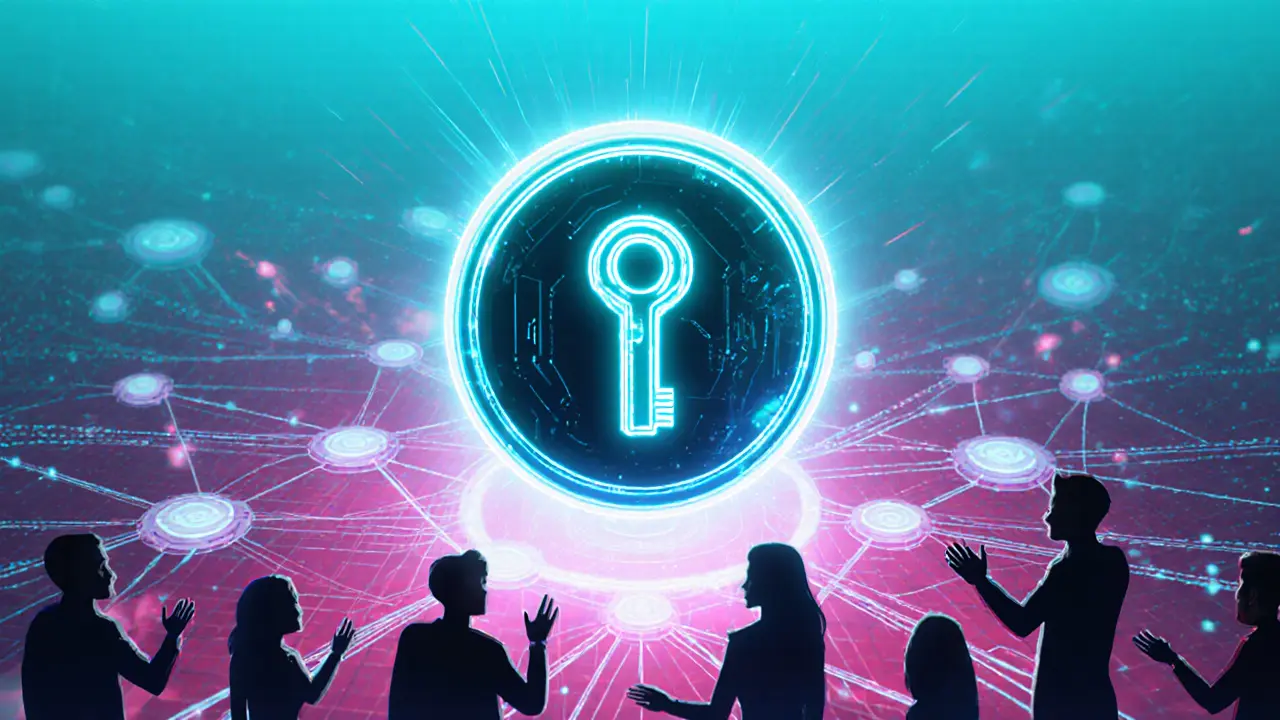
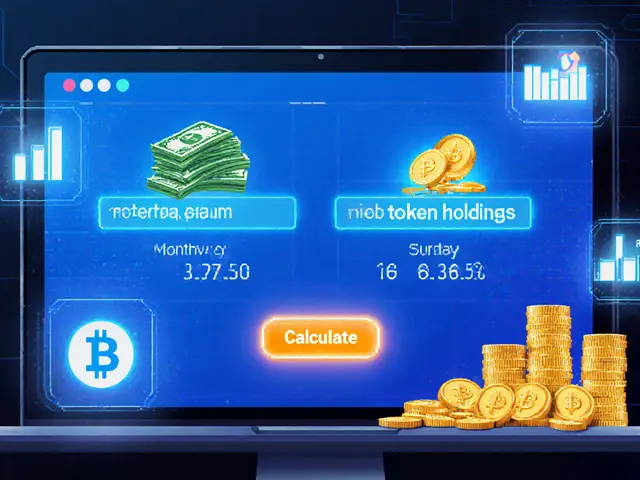
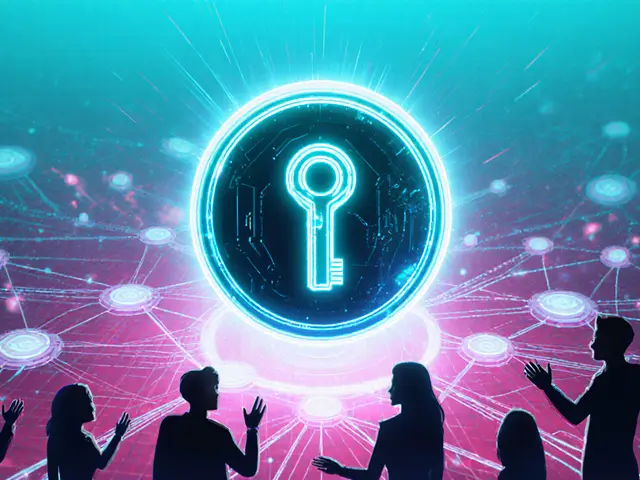
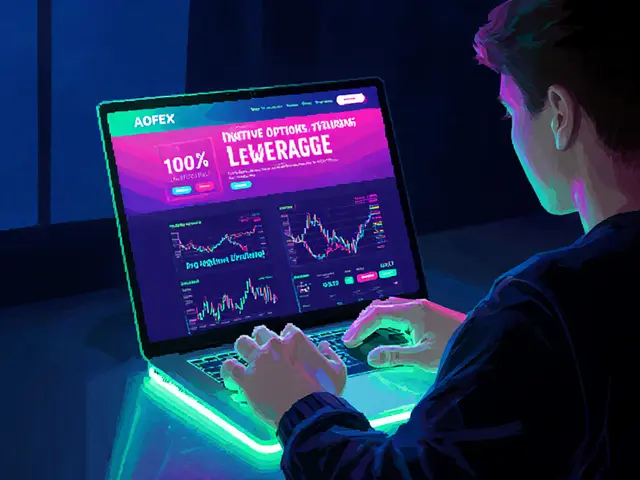
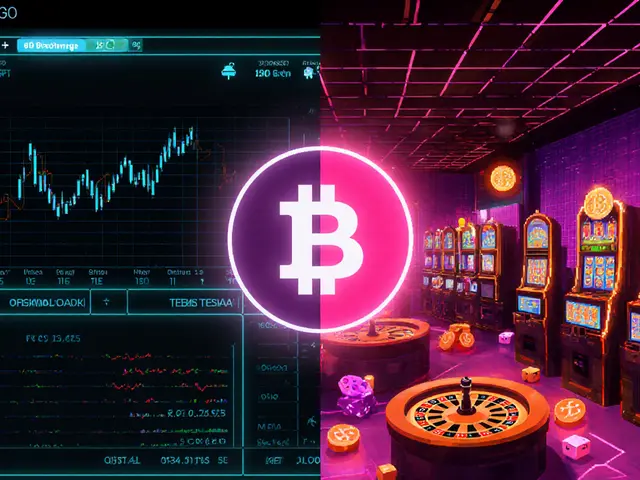
Jason Brittin
December 21, 2024 AT 15:12Token‑based voting is as clear as a glass of water-if you like drinking from a fire‑hose. 😂
MD Razu
December 25, 2024 AT 02:32The architecture of DAO governance is more than a technical spec; it's a reflection of collective intent.
When you choose a token‑based model you are essentially saying that wealth equals voice, a premise that many early projects embraced.
The allure lies in its simplicity: one token, one vote, no need for complex calculations.
Yet simplicity breeds fragility, because concentration of tokens inevitably leads to power asymmetry.
Reputation‑based systems attempt to mitigate that by rewarding on‑chain activity, but they introduce opacity that can alienate newcomers.
Liquid democracy offers a hybrid of direct participation and delegated trust, yet it assumes that delegates will act in good faith.
Quadratic voting mathematically curtails whale influence, but the cognitive load on participants can be daunting.
Hybrid models strive to balance these trade‑offs, stitching together token weight, reputation scores, and delegation pathways.
The real challenge is not just the formula you pick, but how you embed it within community culture.
Layer‑2 scaling solutions like Arbitrum have reduced voting costs, making frequent participation viable.
Meanwhile, AI‑driven proposal summarizers are lowering the barrier for less‑technical members to understand what's at stake.
Regulatory clarity in jurisdictions such as Switzerland is gradually legitimizing governance tokens as securities or assets.
This legal backdrop will likely influence token design, pushing developers toward more transparent mechanisms.
In practice, many DAOs adopt a phased approach: start simple, then iterate toward a more nuanced hybrid as the community matures.
Ultimately, the model you choose should align with your project's risk appetite, user base, and long‑term vision.
Failure to consider these sociotechnical dimensions often results in governance paralysis or capture by a few large holders.
Charles Banks Jr.
December 28, 2024 AT 13:52So you’re saying we should keep reinventing the same wheel until it finally spins without squeaking? Sure thing.
Ben Dwyer
January 1, 2025 AT 01:12If you’re new to DAO voting, start with a token‑based proposal on a testnet; the UI is pretty straightforward and you can get a feel for the process without risking real assets.
Lindsay Miller
January 4, 2025 AT 12:32I understand how confusing all these models can feel, especially when you just want to have a say in a community you care about.
Katrinka Scribner
January 7, 2025 AT 23:52Totally get you 🤗! The jargon can be a bit much but once you see a vote in action it kinda clicks.
VICKIE MALBRUE
January 11, 2025 AT 11:12Every DAO is a learning curve, but each vote makes the ecosystem stronger.
Waynne Kilian
January 14, 2025 AT 22:32Yep, small steps lead to big changes-like droplets forming a river after a long rain, even if the path looks a bit wobbly at first.
Naomi Snelling
January 18, 2025 AT 09:52Honestly, the whole governance token hype is just a front to get us to hand over more control to the big players who already own the underlying infrastructure.
Michael Wilkinson
January 21, 2025 AT 21:12While your suspicion isn’t unfounded, dismissing the entire space ignores the genuine attempts many projects make to democratize decision‑making.
Billy Krzemien
January 25, 2025 AT 08:32The technical extensions like ERC20Votes and EIP‑2612 you mentioned are indeed the backbone that make on‑chain voting feasible without excessive gas costs.
april harper
January 28, 2025 AT 19:52Looks like another buzzword parade, nothing new under the sun.
Clint Barnett
February 1, 2025 AT 07:12While it may appear that the DAO movement is merely a revolving door of buzzwords, one must appreciate the nuanced evolution from simple token‑based schemes to intricate hybrid frameworks that strive to balance equity, efficiency, and resilience; this metamorphosis reflects a broader societal yearning for participatory governance, and it is precisely this kaleidoscopic shift that injects vitality into decentralized ecosystems, prompting innovators to experiment with quadratic math, reputation metrics, and delegation hierarchies-all in a relentless quest to outpace the entrenched power structures of traditional finance.
Jacob Anderson
February 4, 2025 AT 18:32Another “revolution” that will probably end up as a PowerPoint slide on someone’s LinkedIn.
Kate Nicholls
February 8, 2025 AT 05:52While the enthusiasm can be tiring, there are genuine projects that have managed to avoid the typical pitfalls you described.
Carl Robertson
February 11, 2025 AT 17:12Oh please, the hype train is already off the rails and we’re all just screaming into the void while the whales sip champagne.
Nathan Blades
February 15, 2025 AT 04:32Governance is the lifeblood of any collective, and when you empower token holders with thoughtful mechanisms, you essentially give the organism a heartbeat that can adapt, grow, and survive the harsh storms of market volatility.
John Kinh
February 18, 2025 AT 15:52Sure, but if the “thoughtful mechanisms” are just fancy code, we’re still at the mercy of whatever the devs decide to push next. 🤔
Mark Camden
February 22, 2025 AT 03:12It is imperative to recognize that without a rigorous legal framework, governance tokens risk being reduced to speculative instruments, thereby undermining the very democratic principles they purport to uphold.
Evie View
February 25, 2025 AT 14:32That’s a naive idealism that ignores how quickly power concentrates once token distribution becomes skewed.
Kate Roberge
March 1, 2025 AT 01:52yeah, but you’re also selling the dream that everyone’s gonna get a piece of the pie, which isn’t how reality works.
Oreoluwa Towoju
March 4, 2025 AT 13:12What specific metrics should a DAO track to ensure its governance model is staying effective over time?
Amie Wilensky
March 8, 2025 AT 00:32In order to assess effectiveness, one might consider: voter participation rate; proposal success‑to‑failure ratio; token concentration metrics; and perhaps the frequency of delegation changes; each of these data points can illuminate whether power is truly distributed or merely nominal.
Rajini N
March 11, 2025 AT 11:52Those are solid indicators; tracking them on a regular dashboard can help a DAO pivot its governance approach before issues become entrenched.